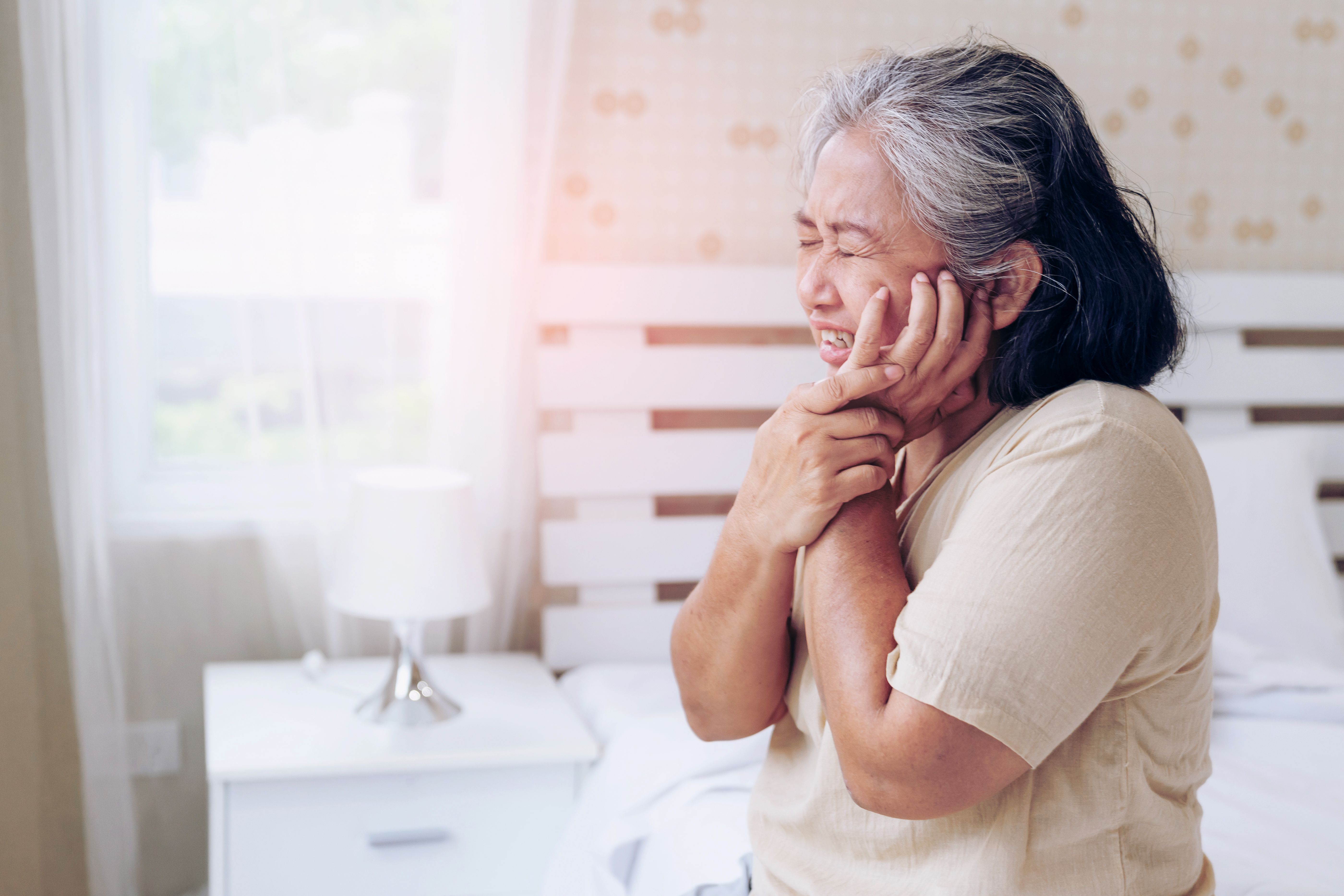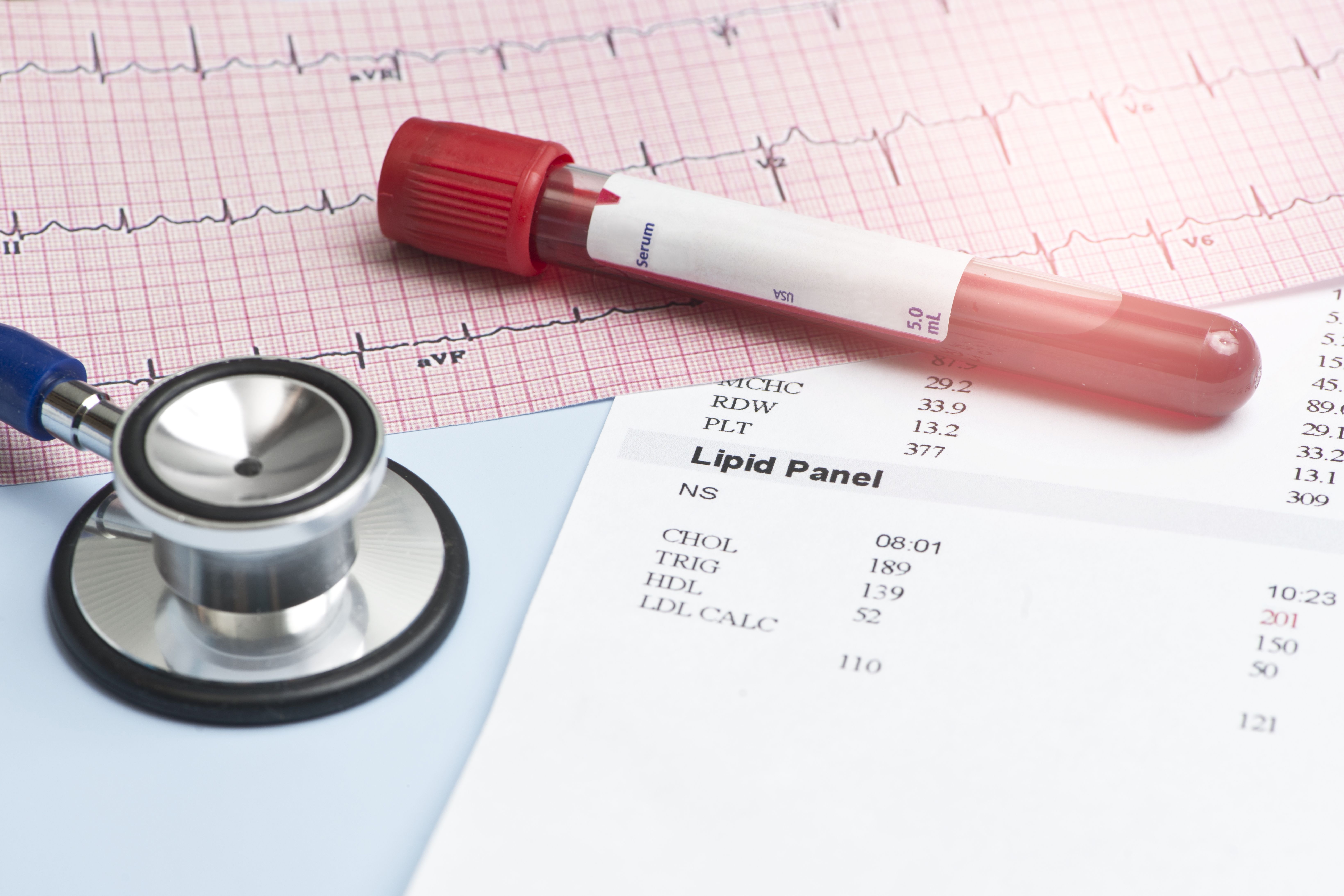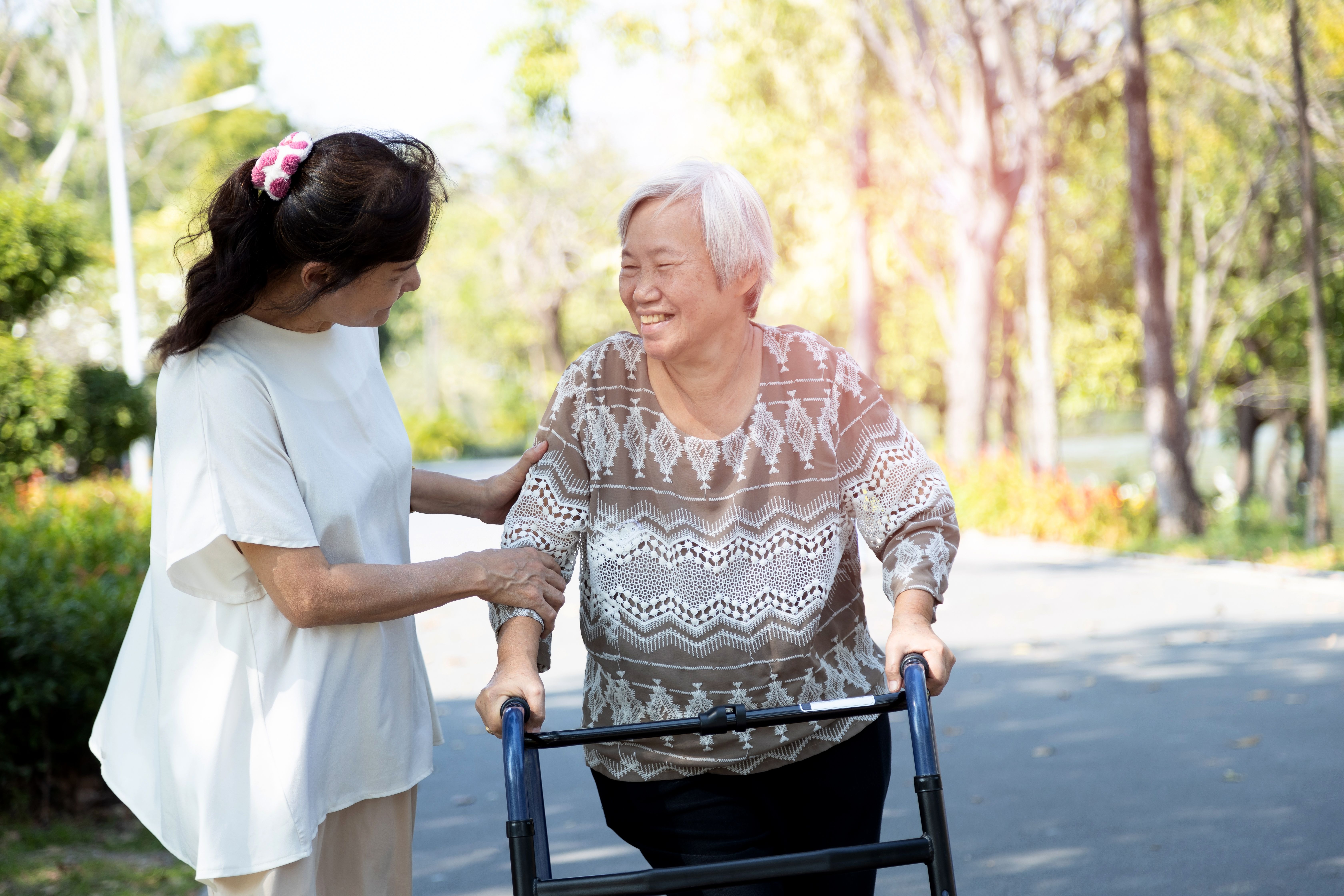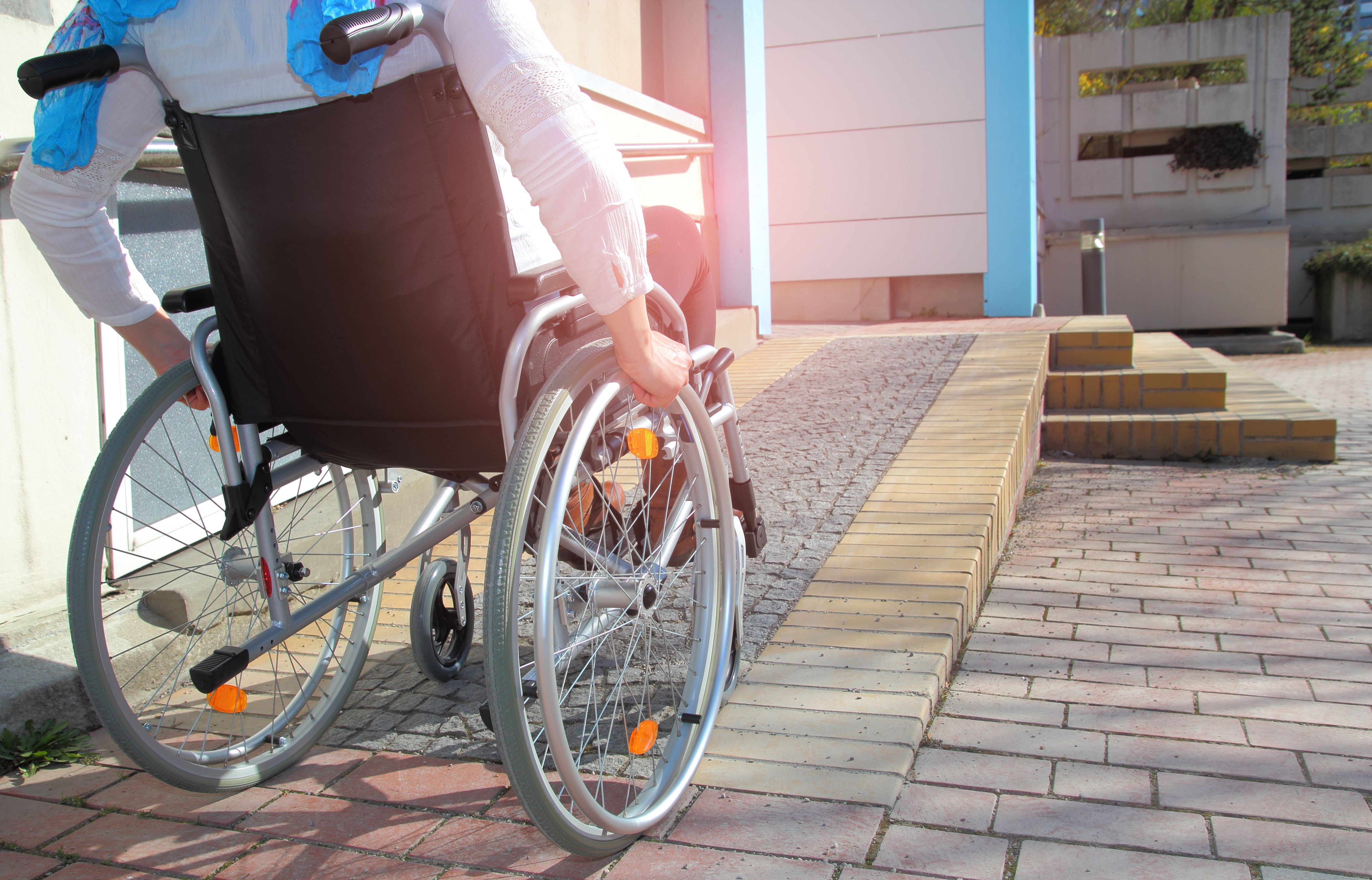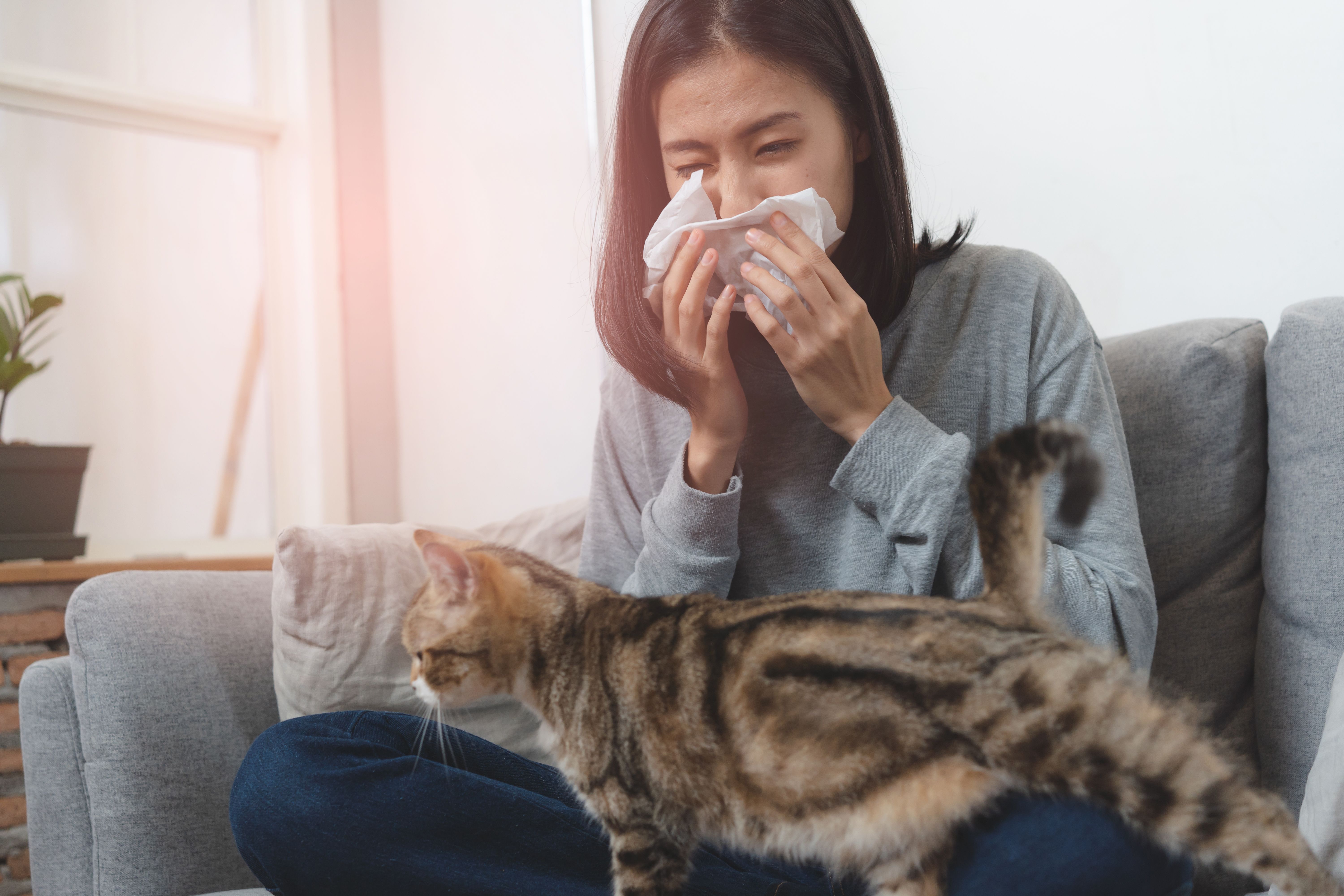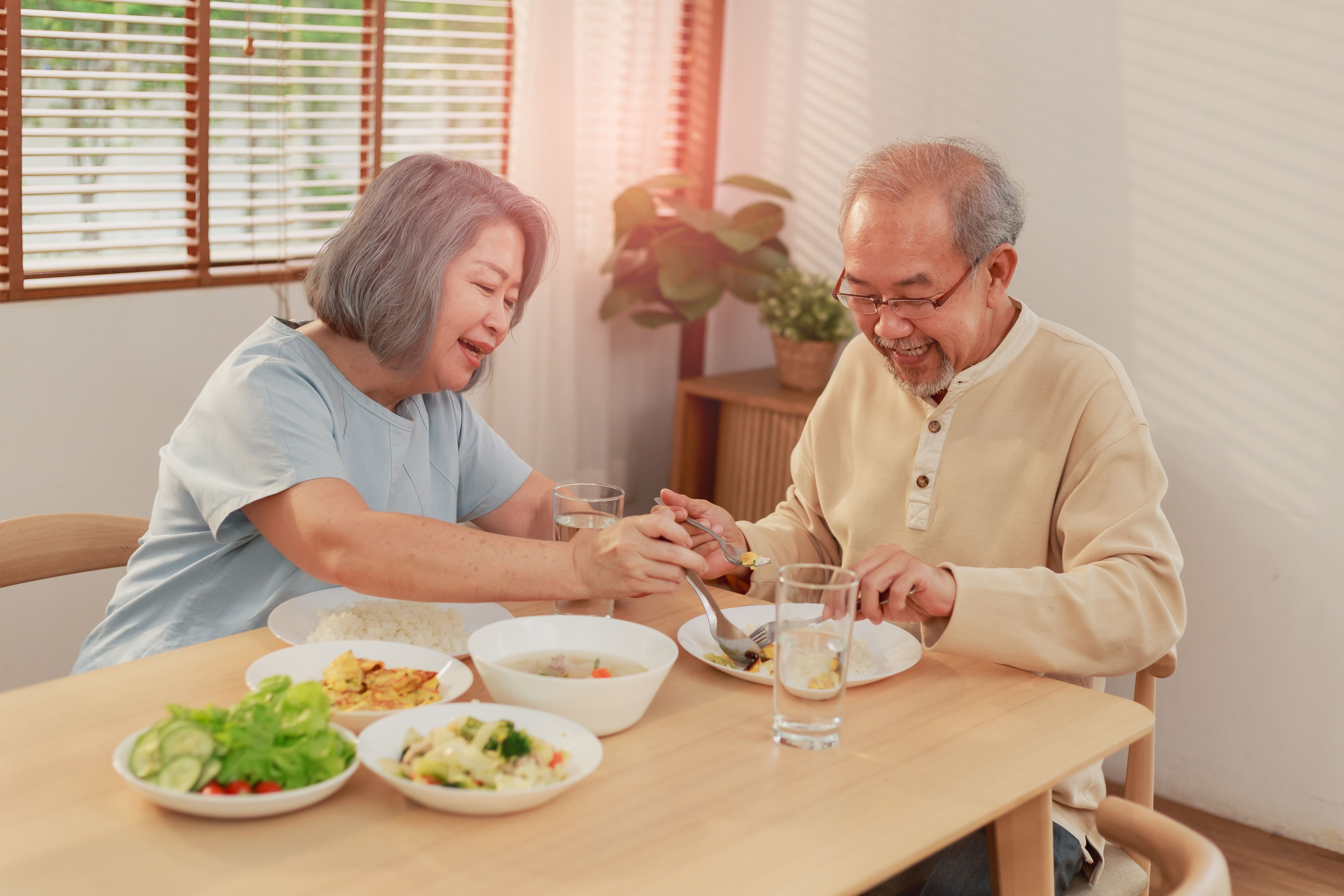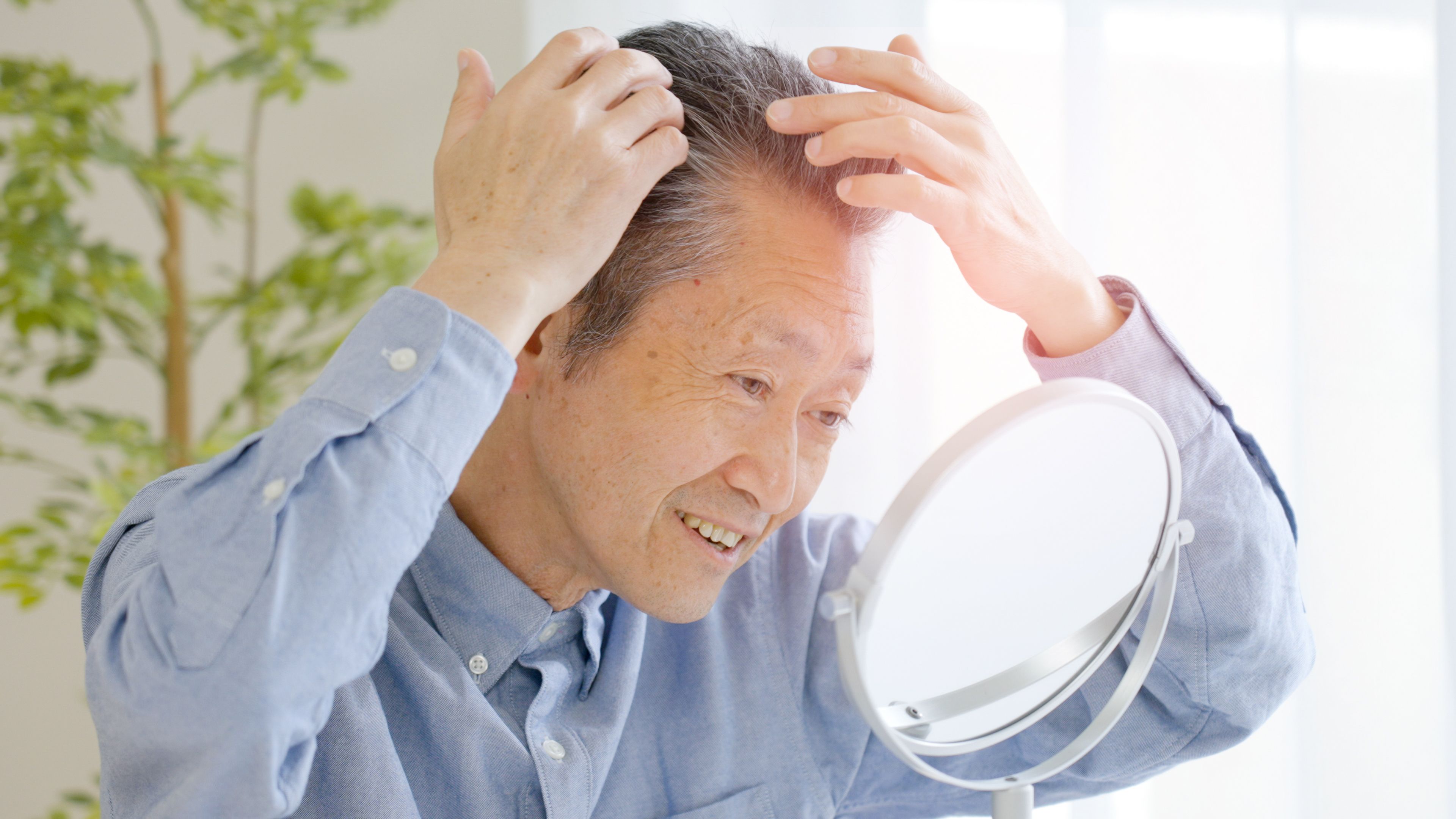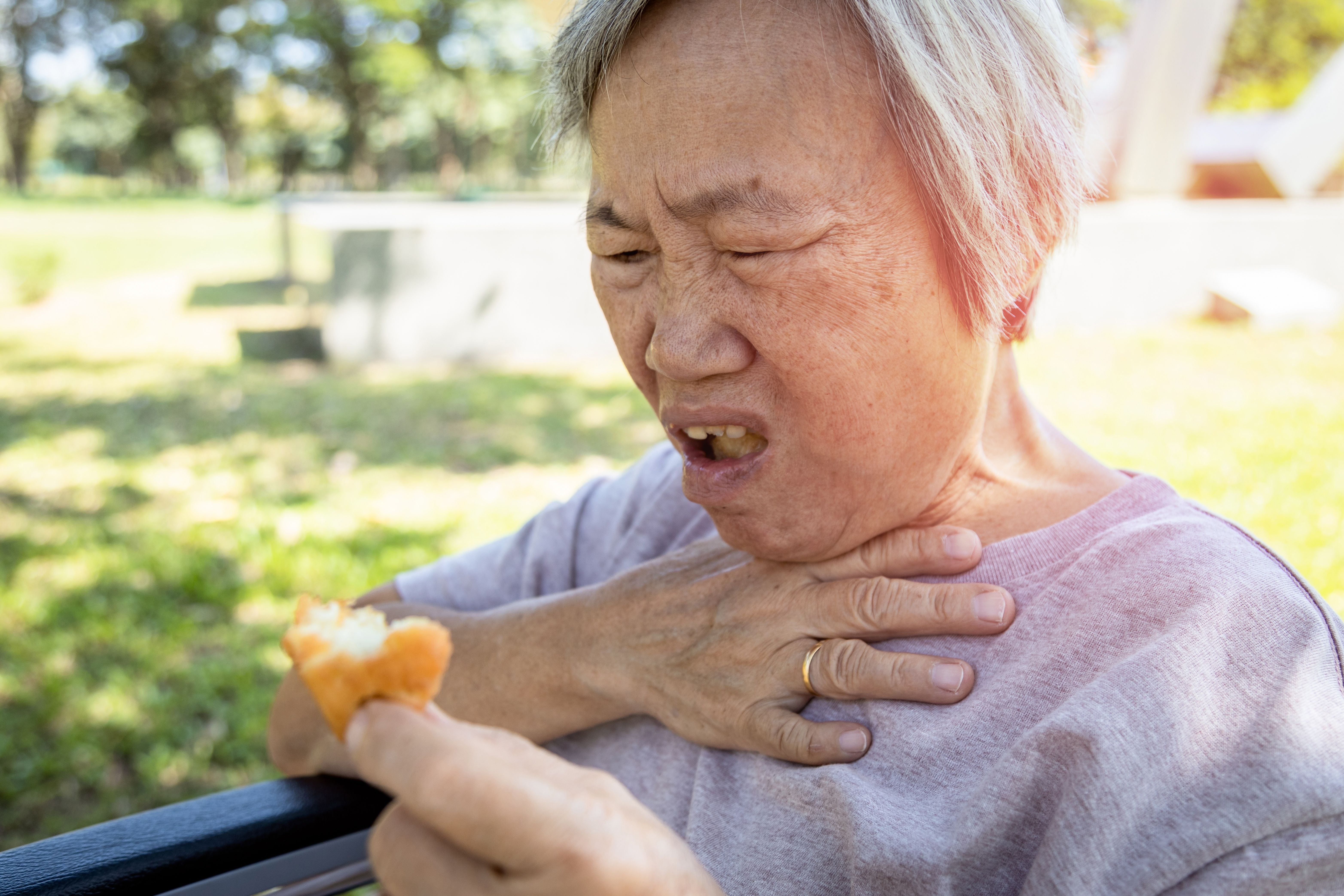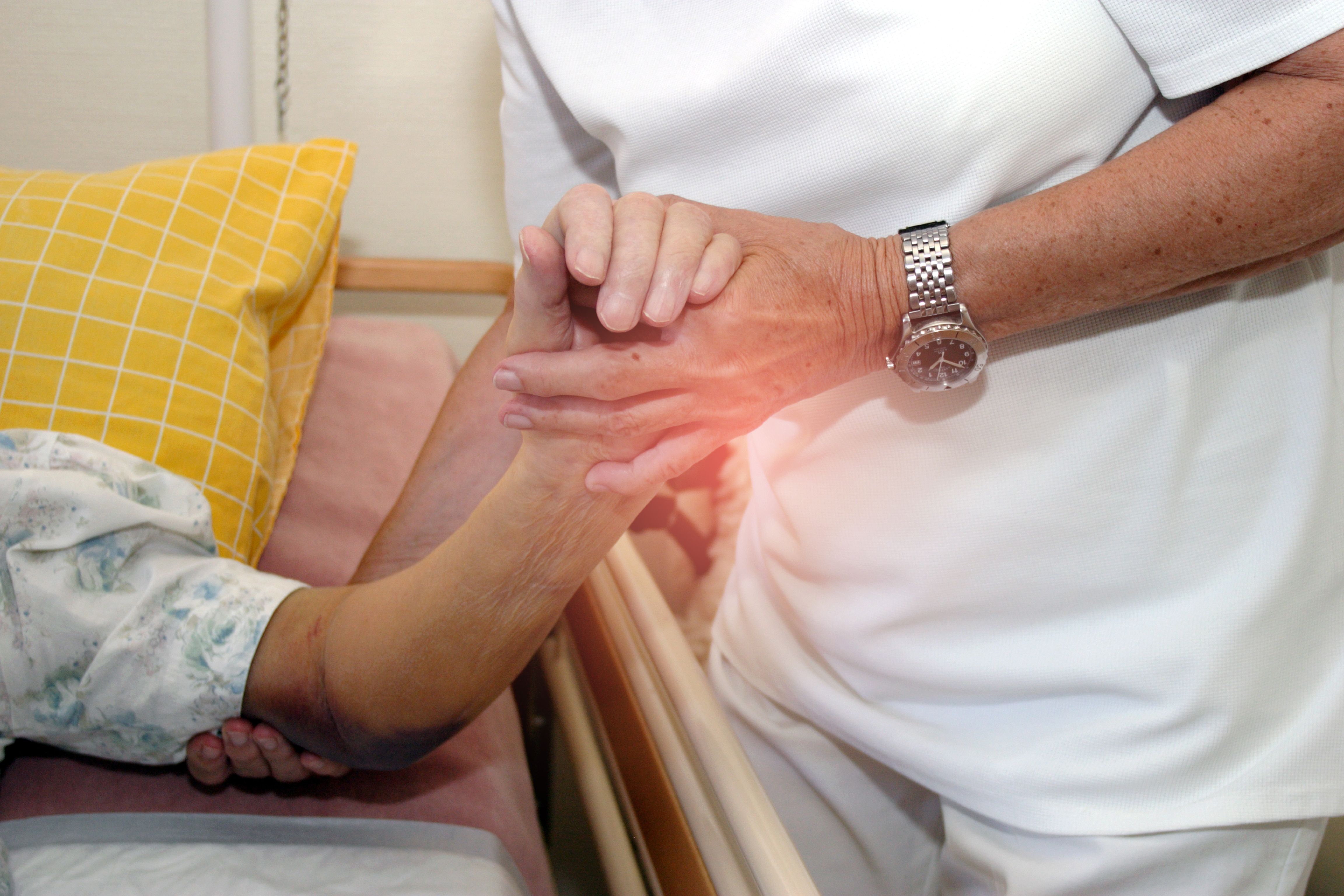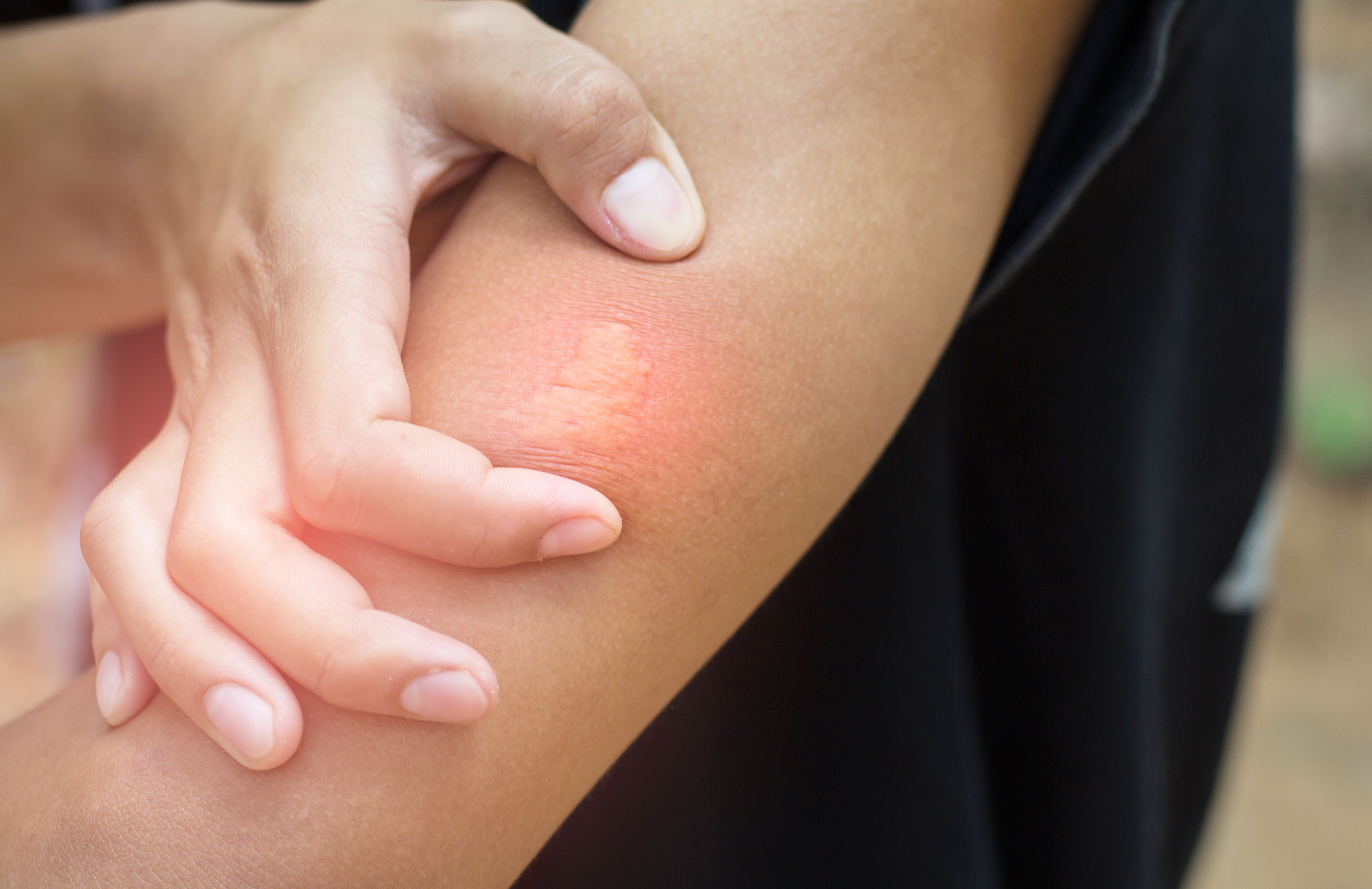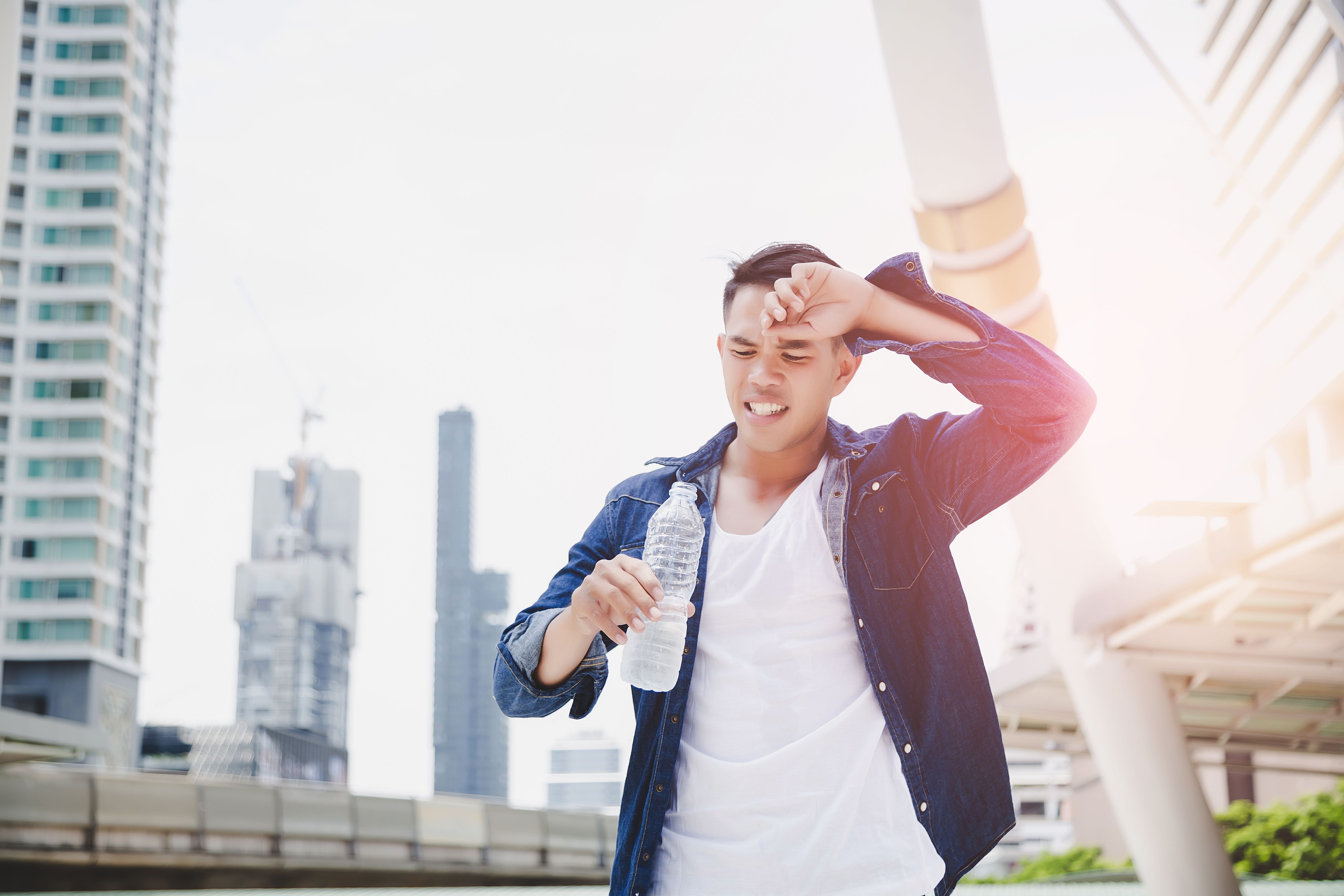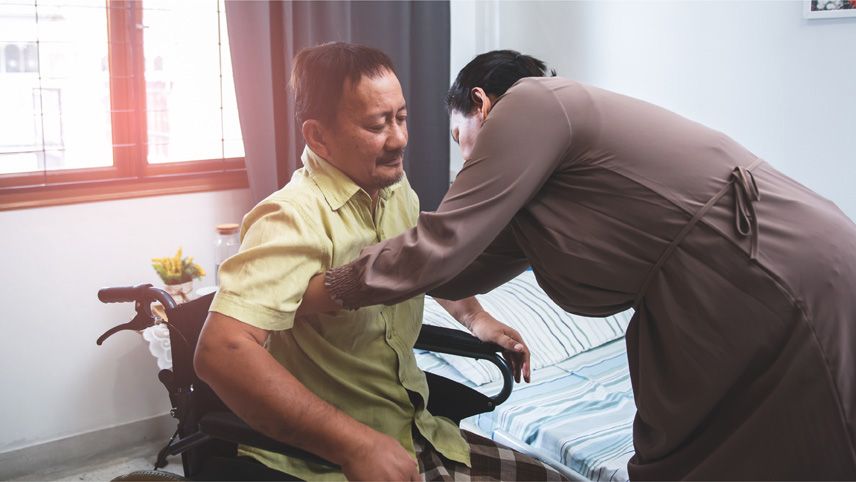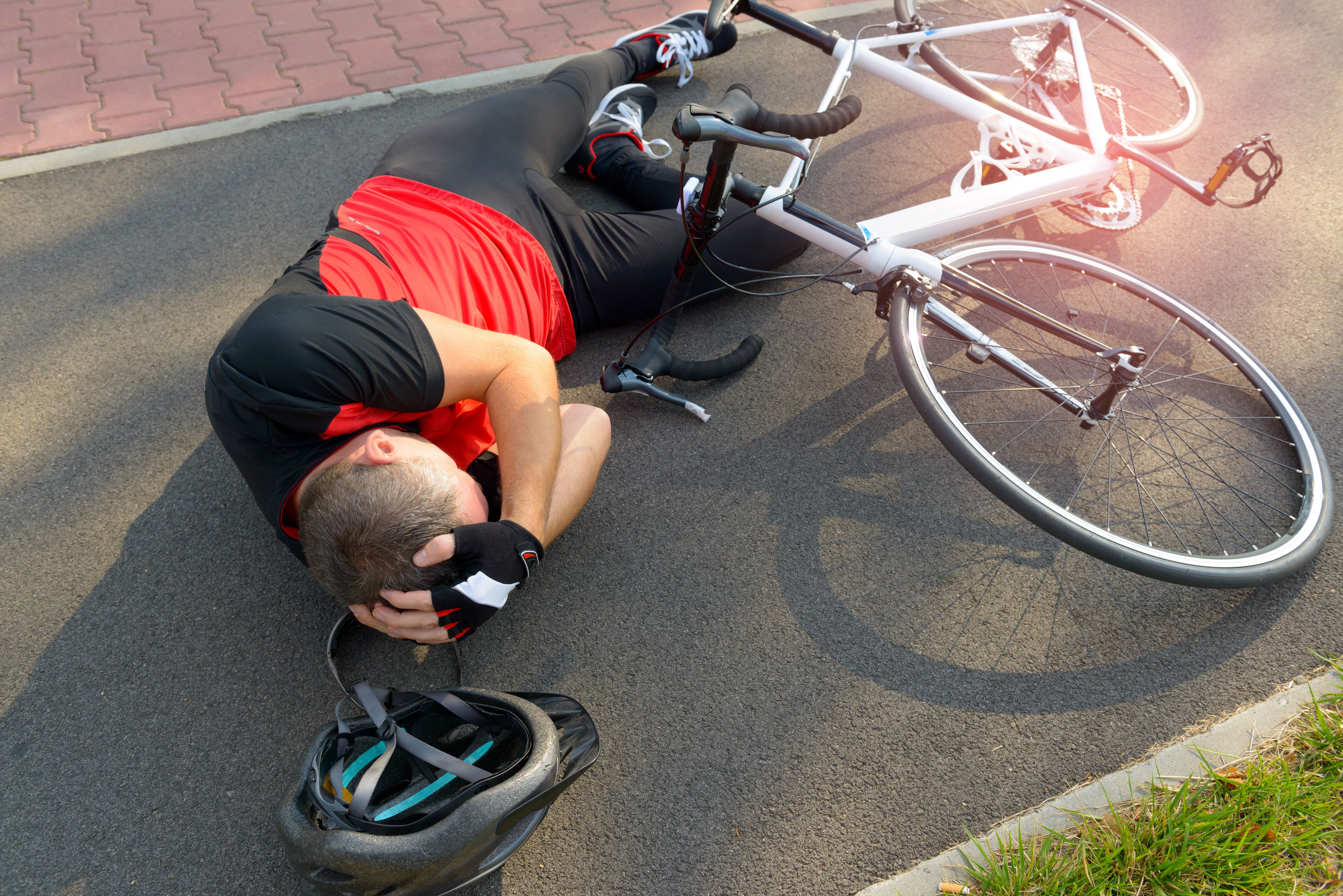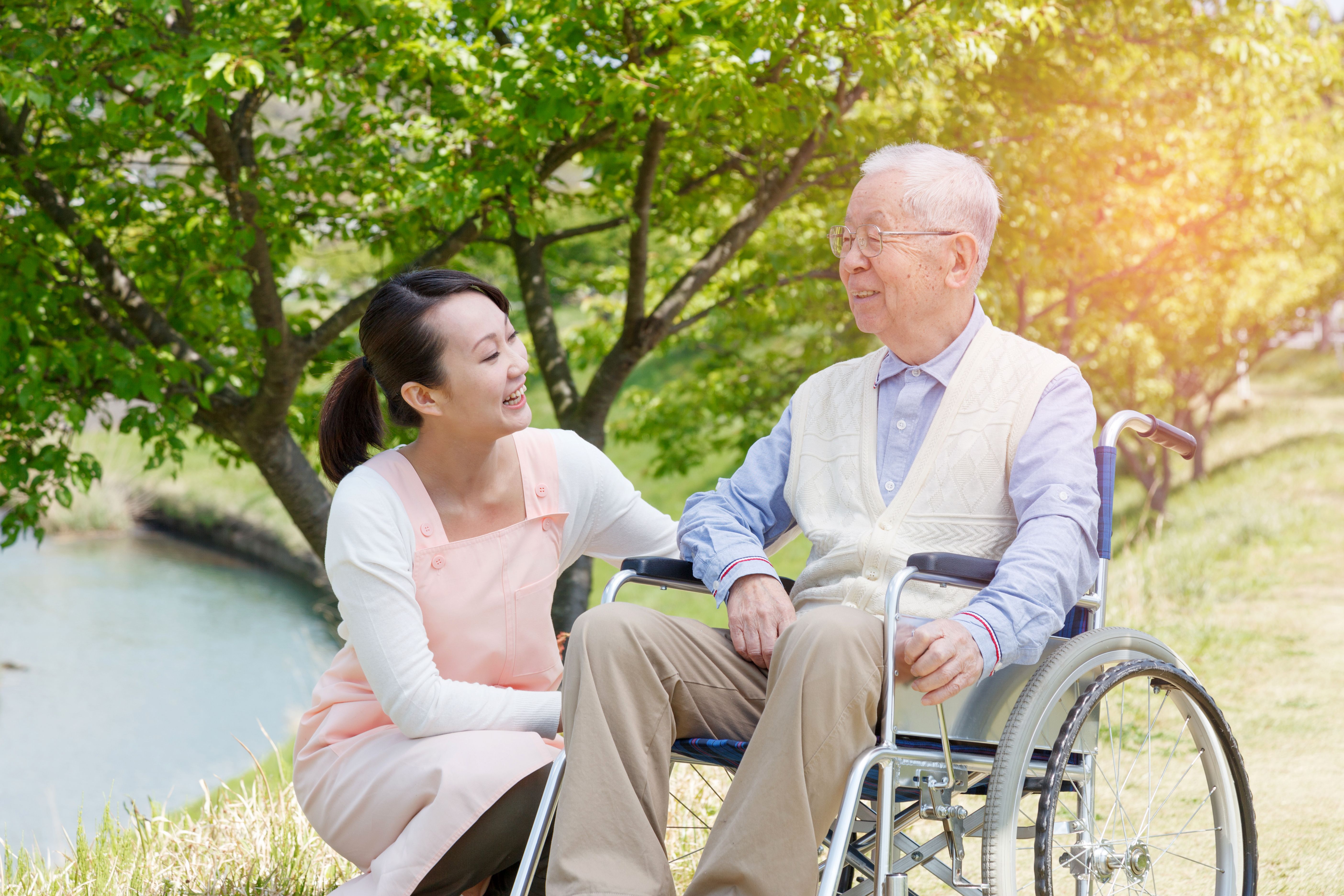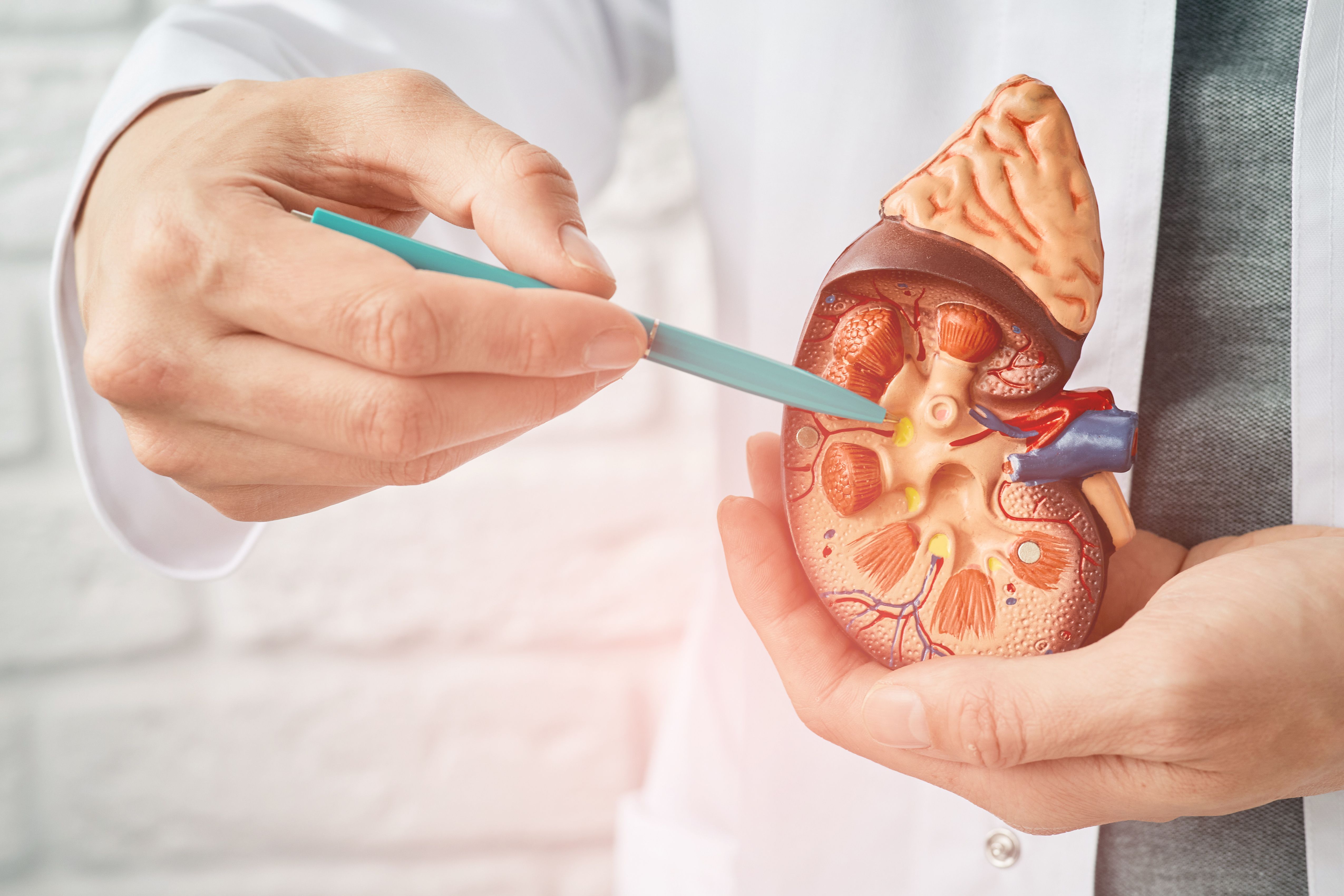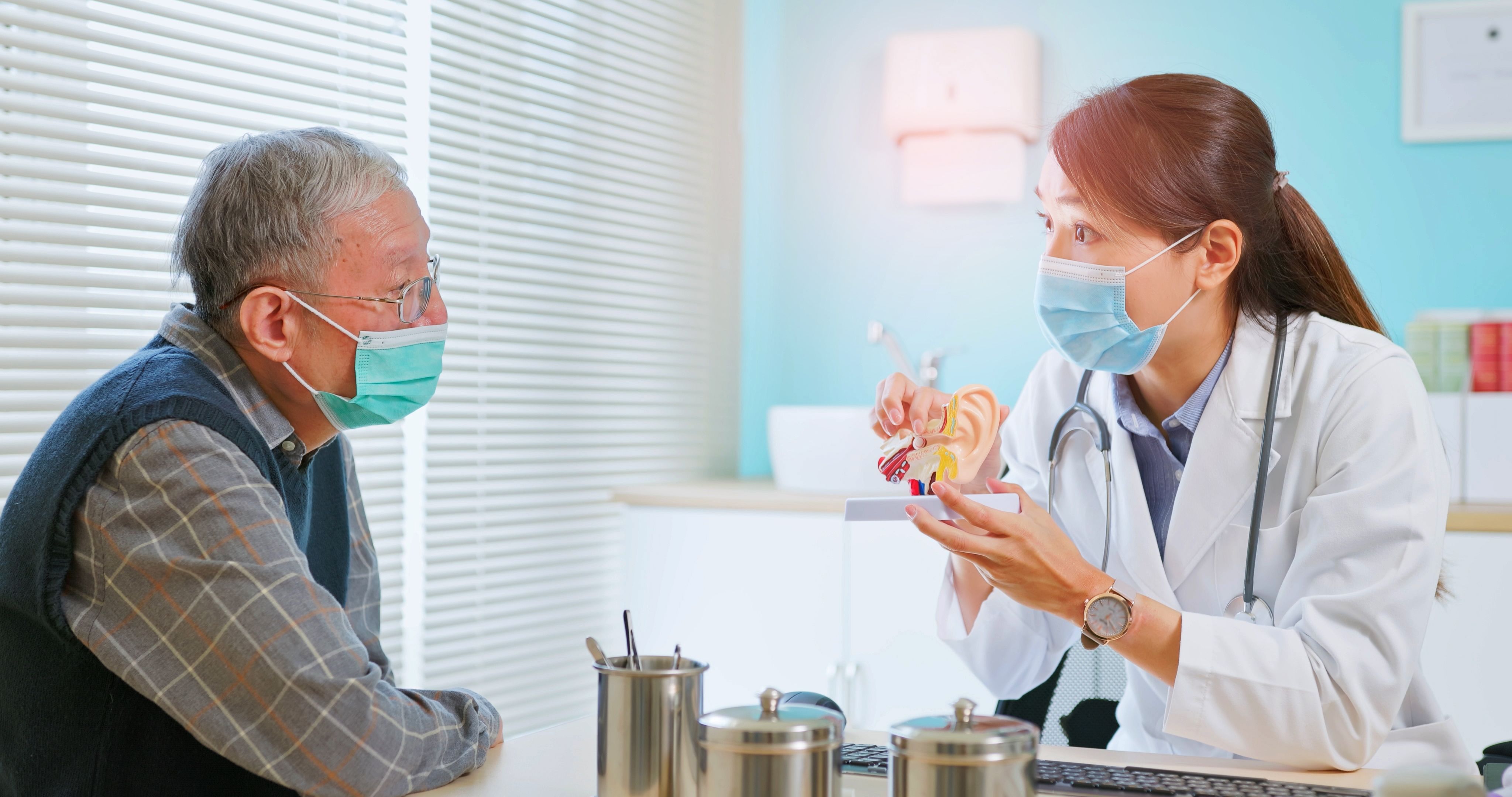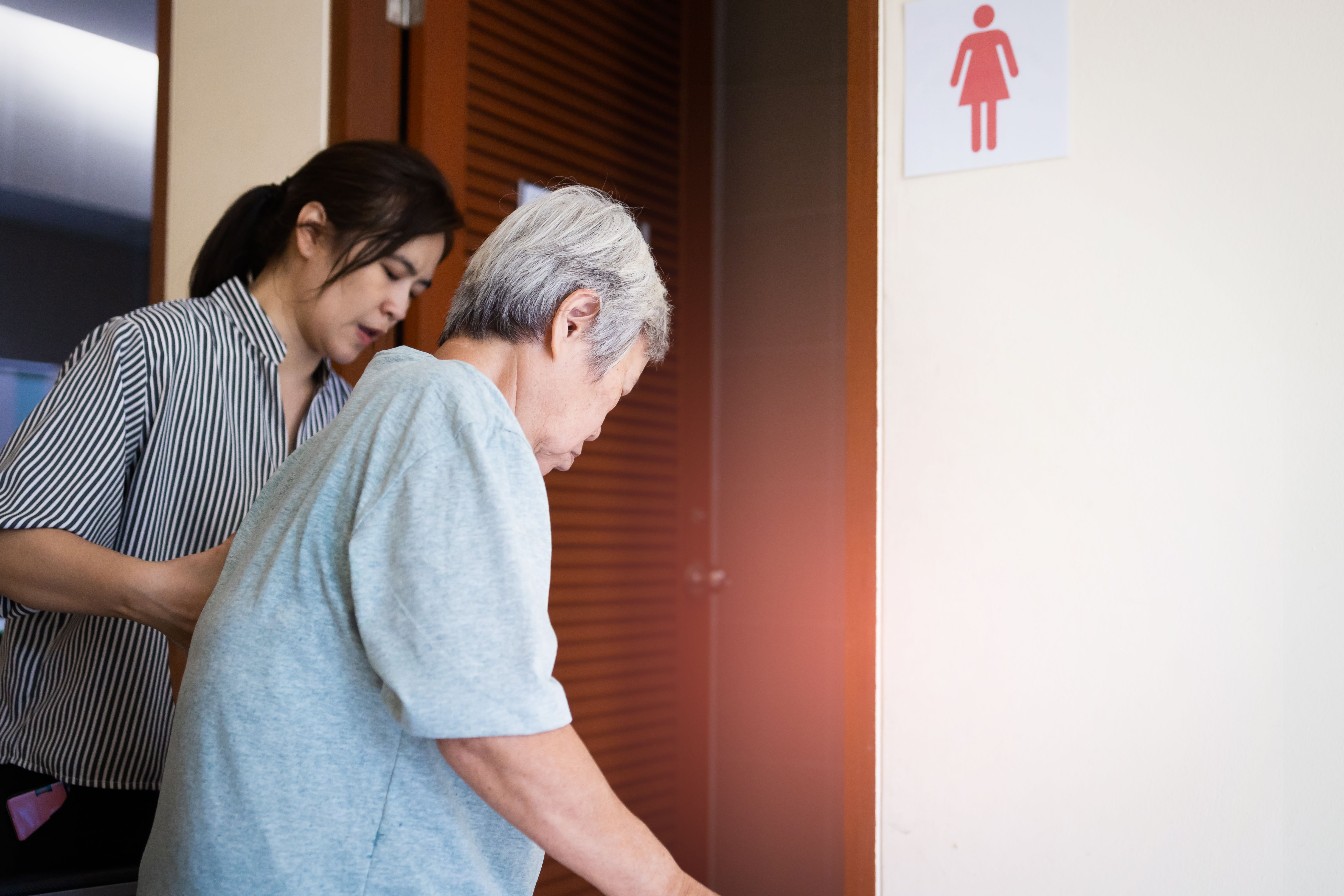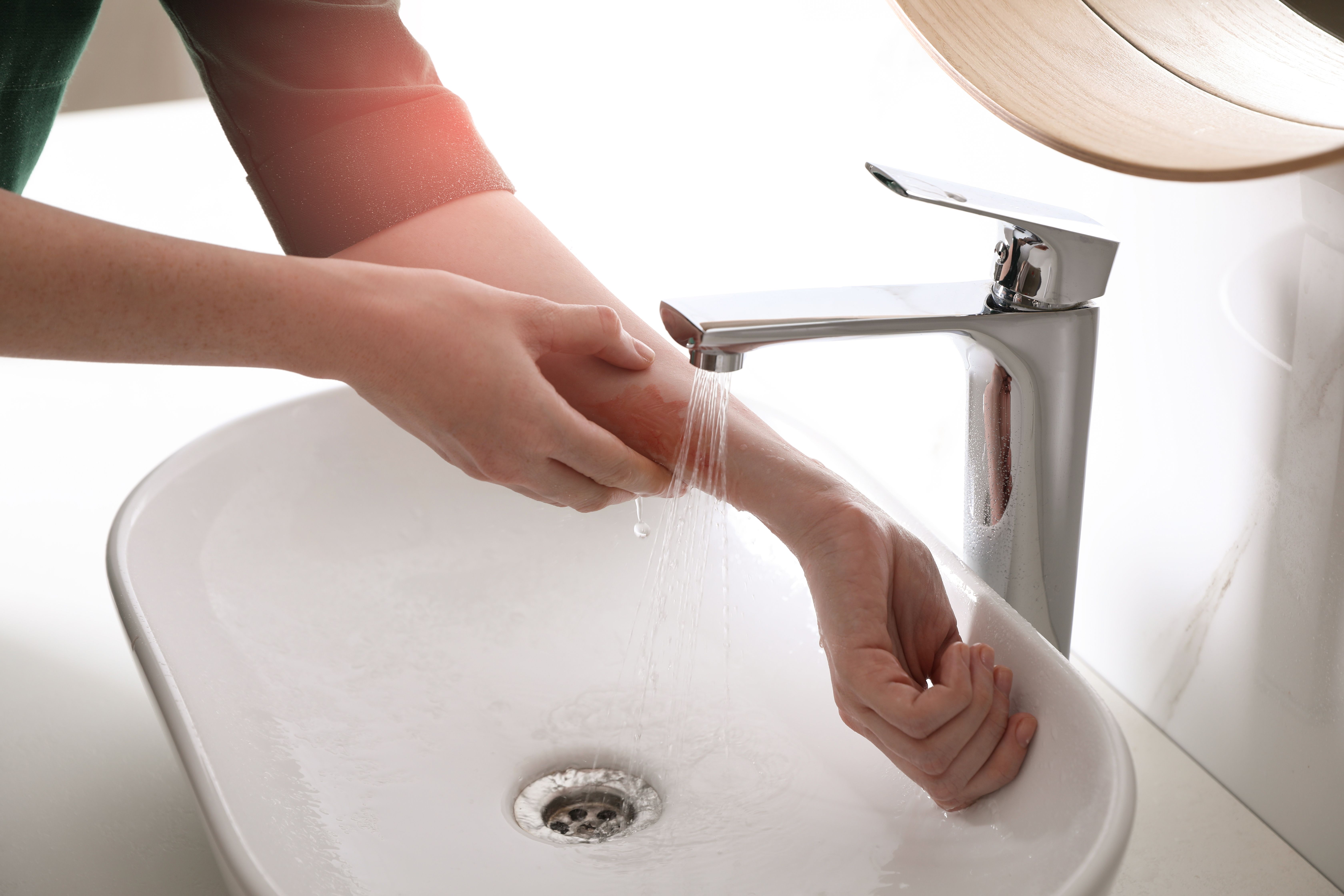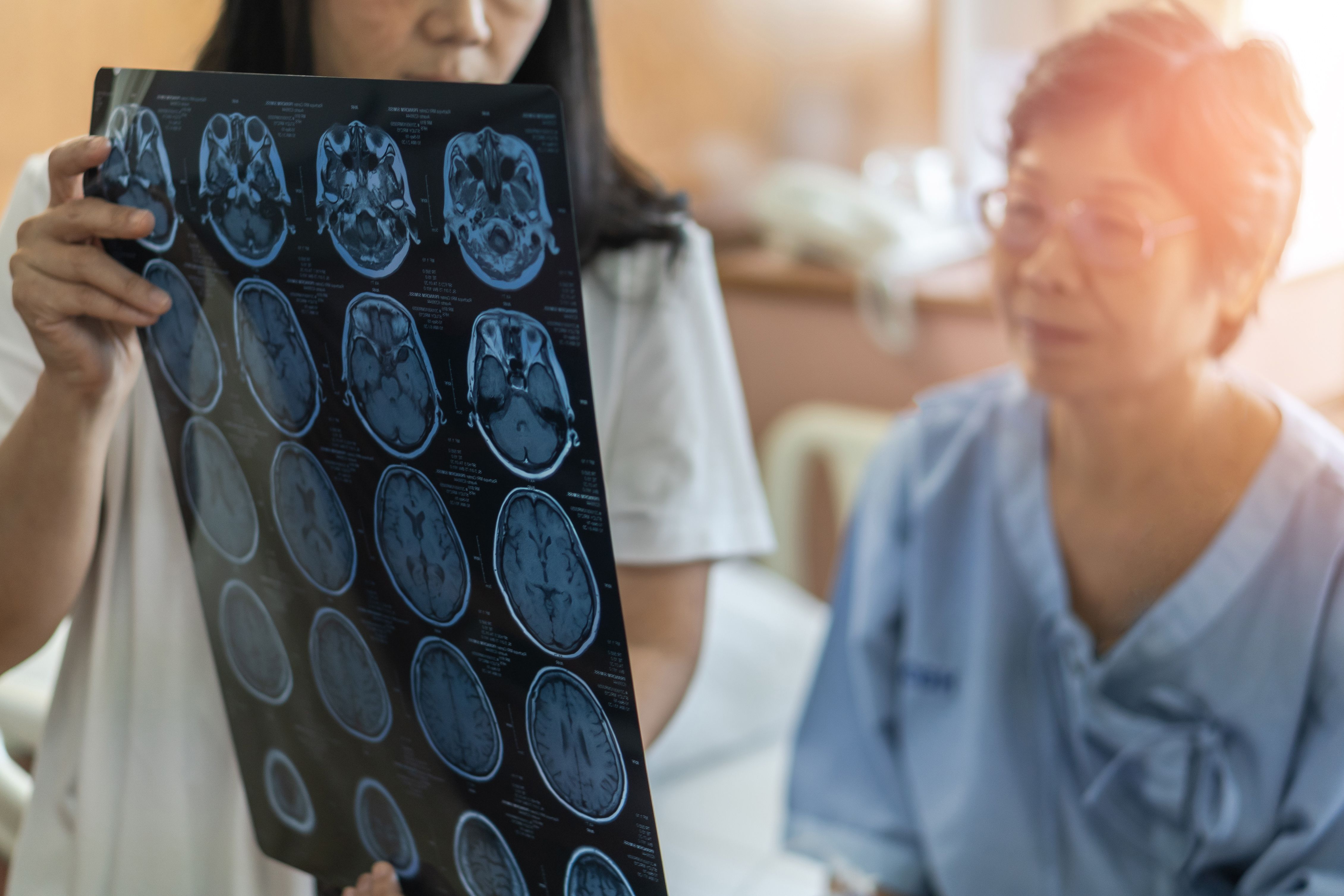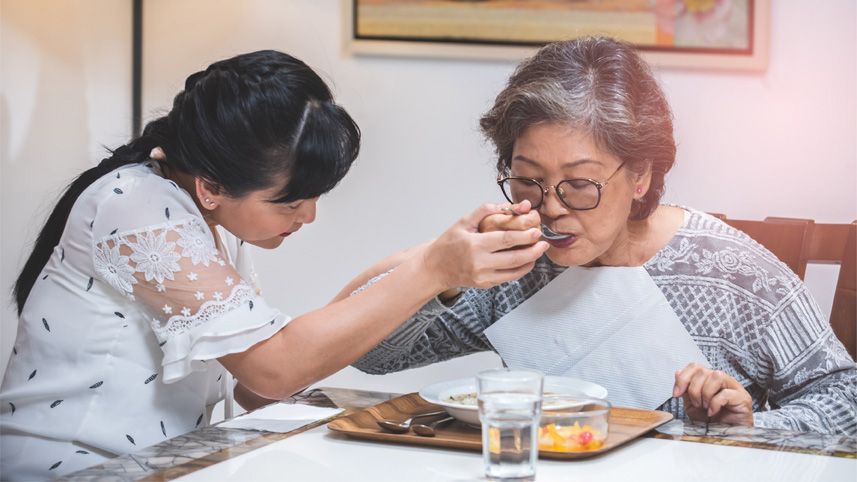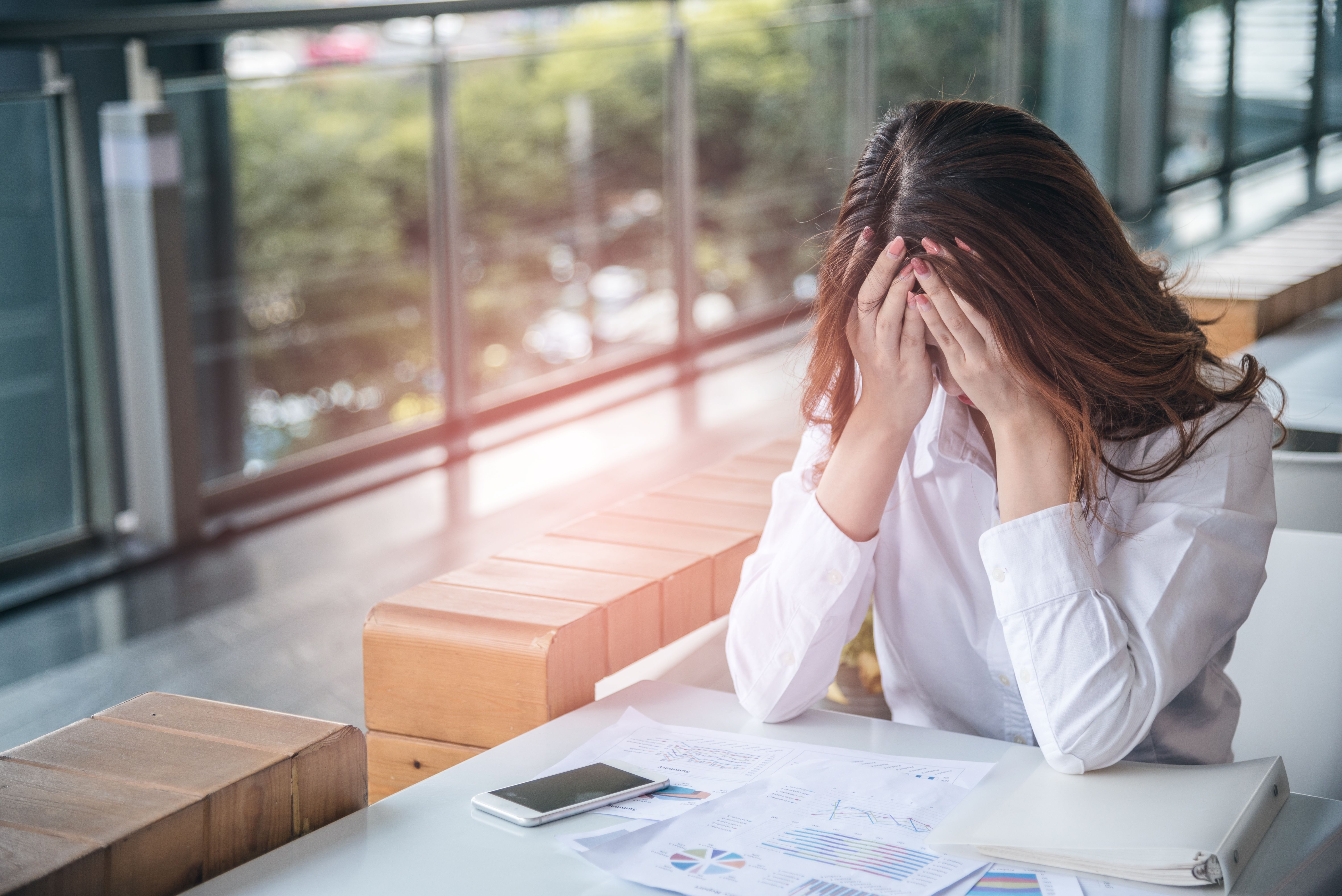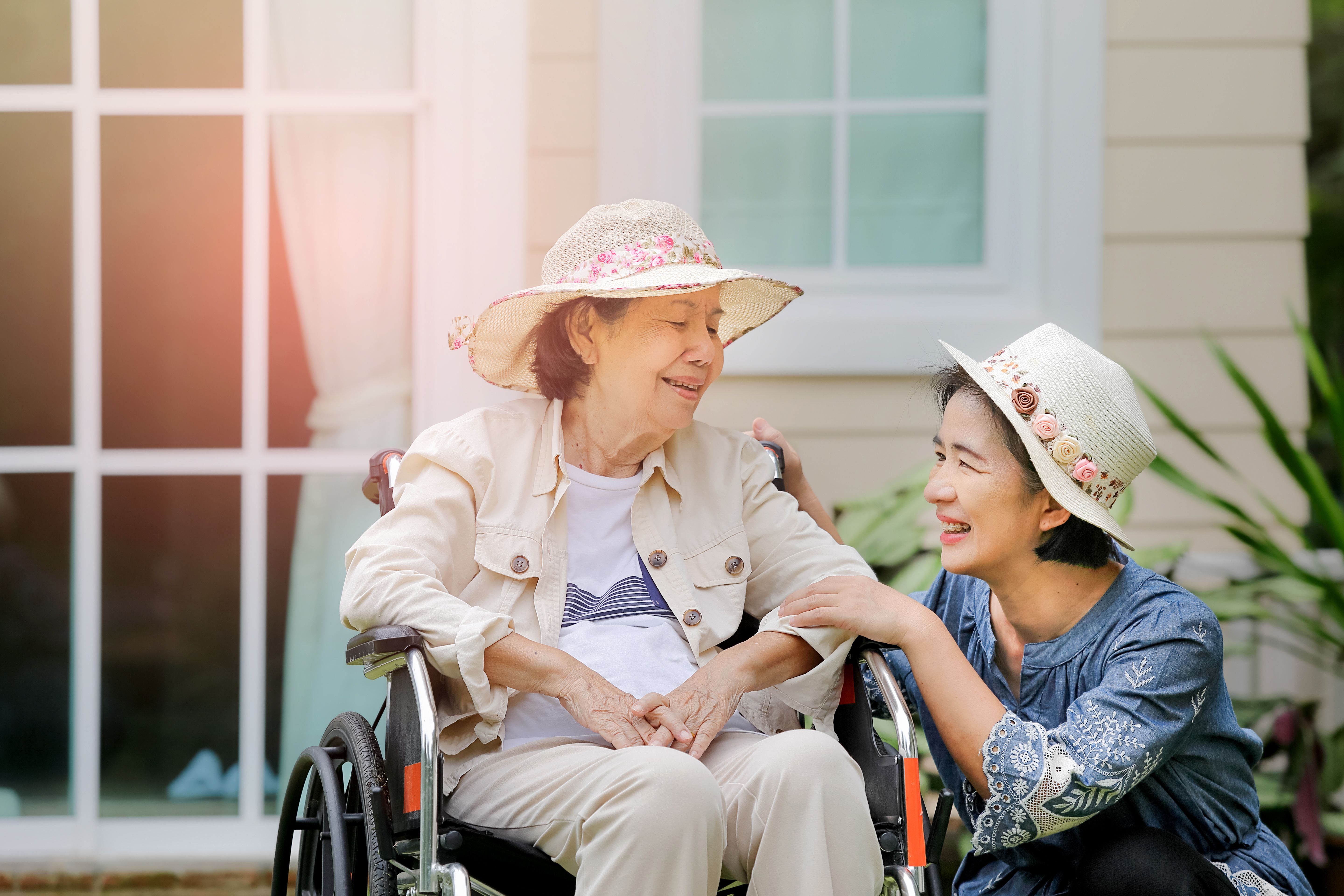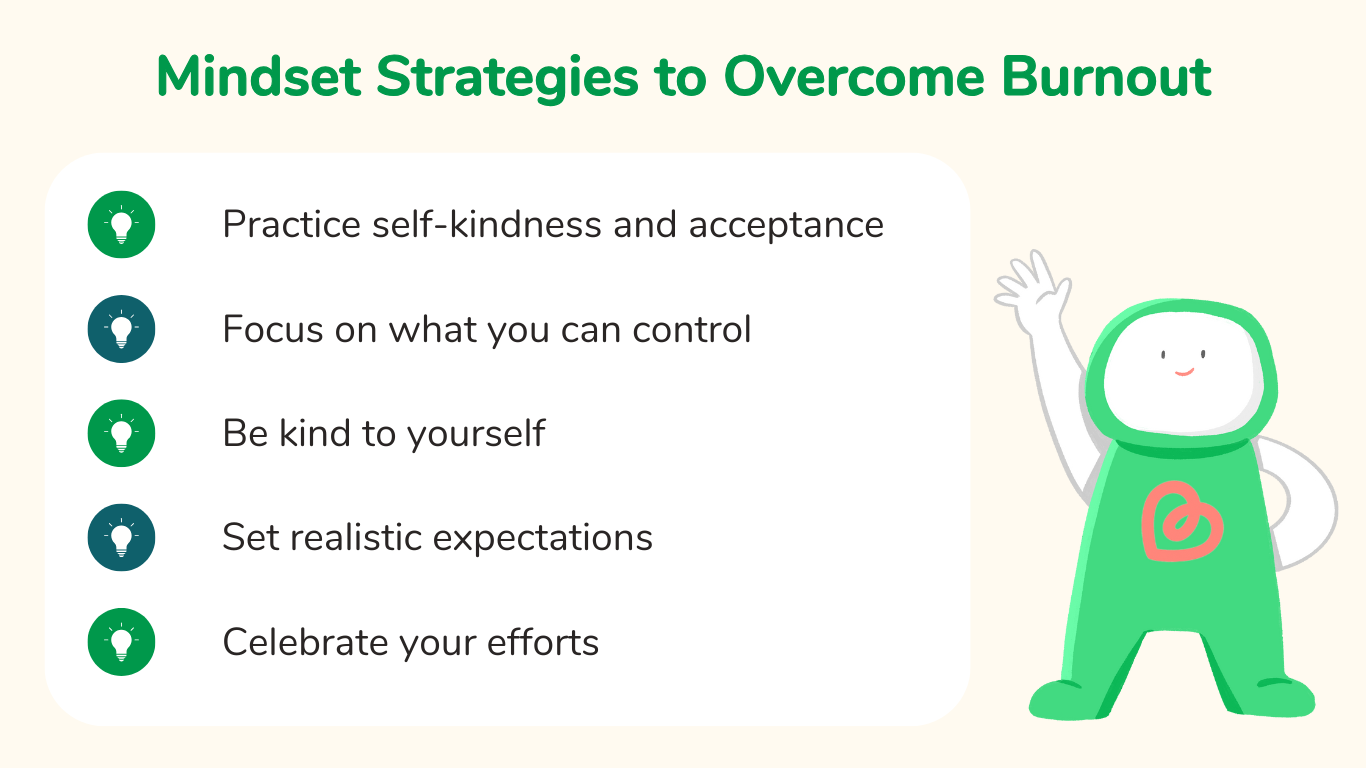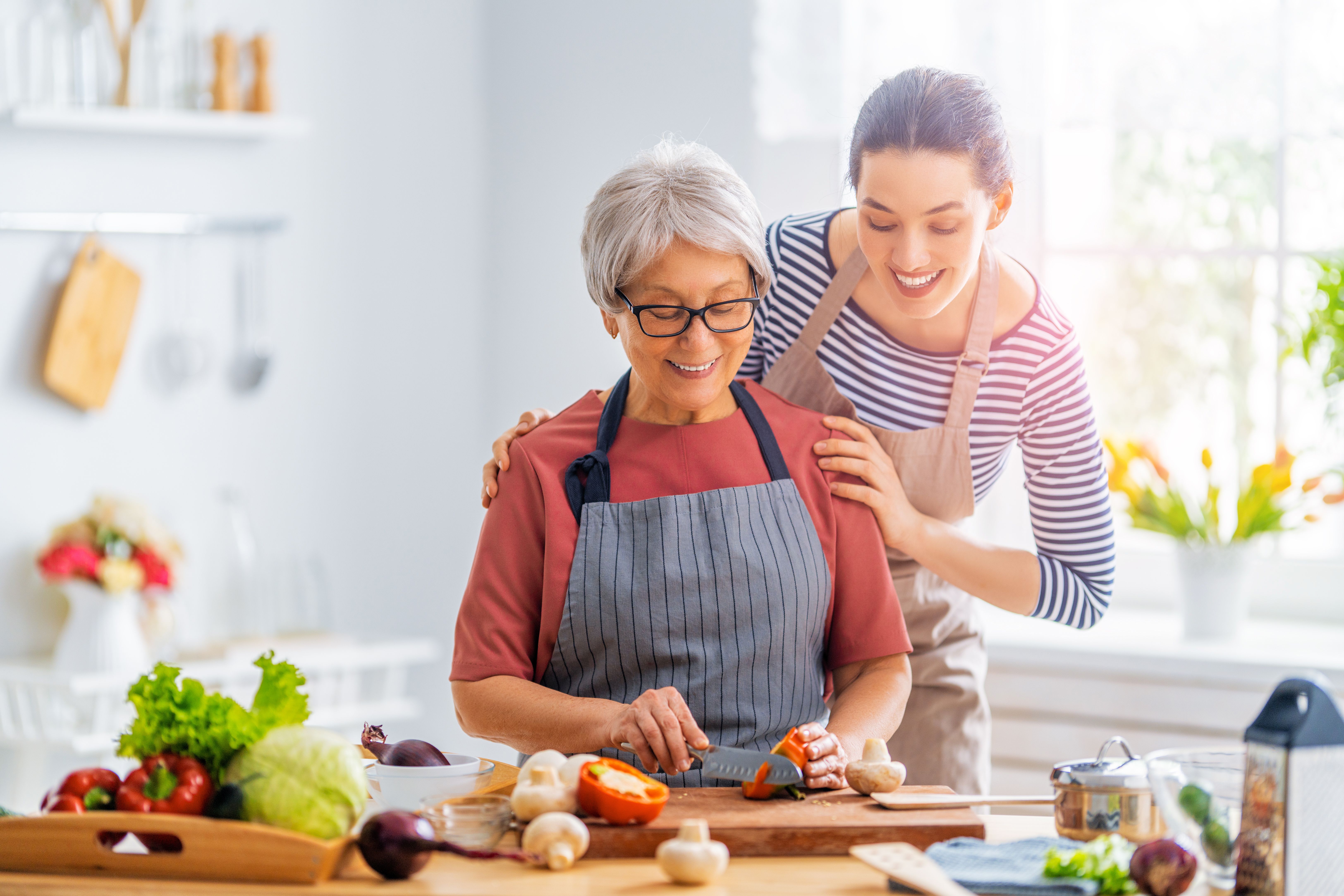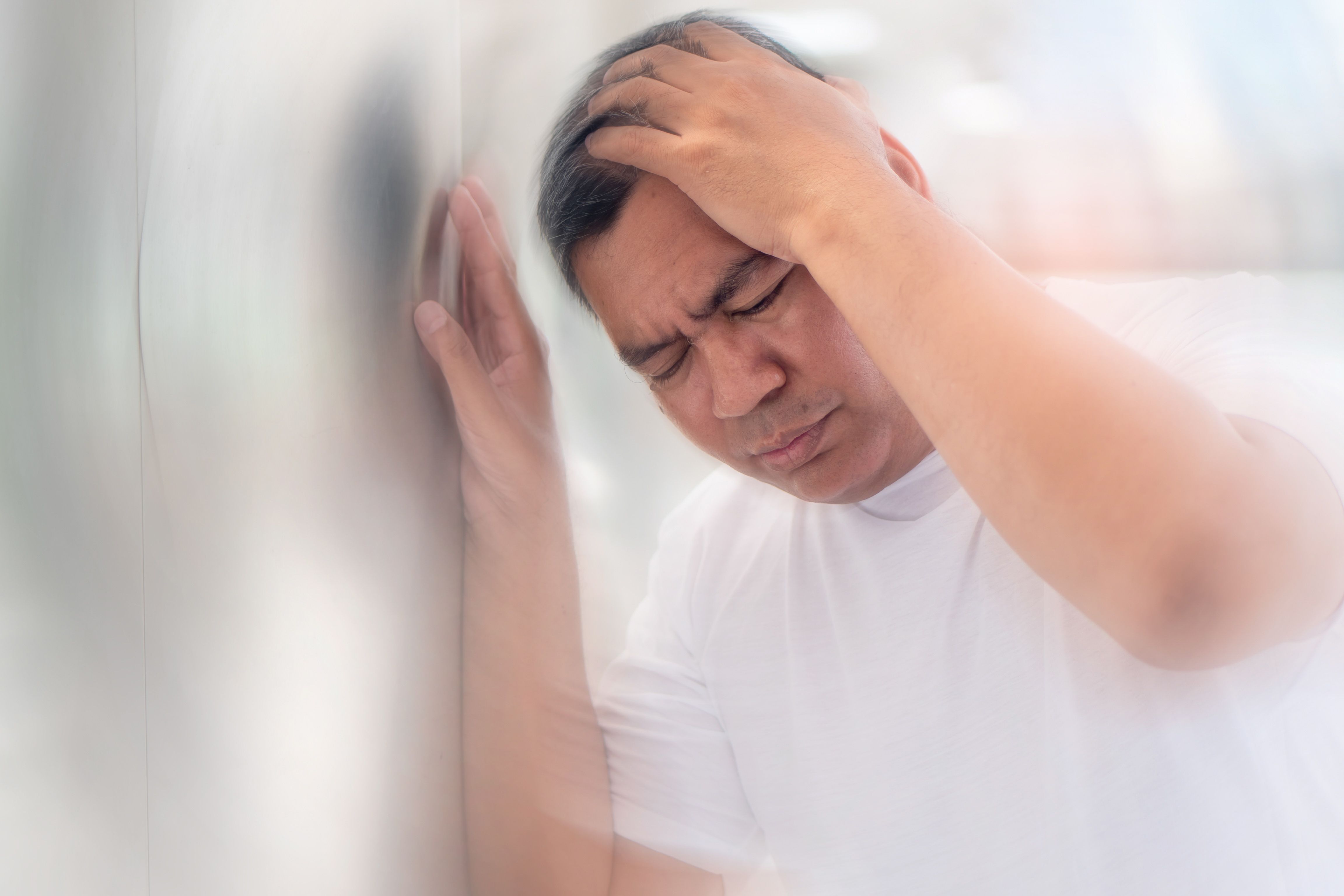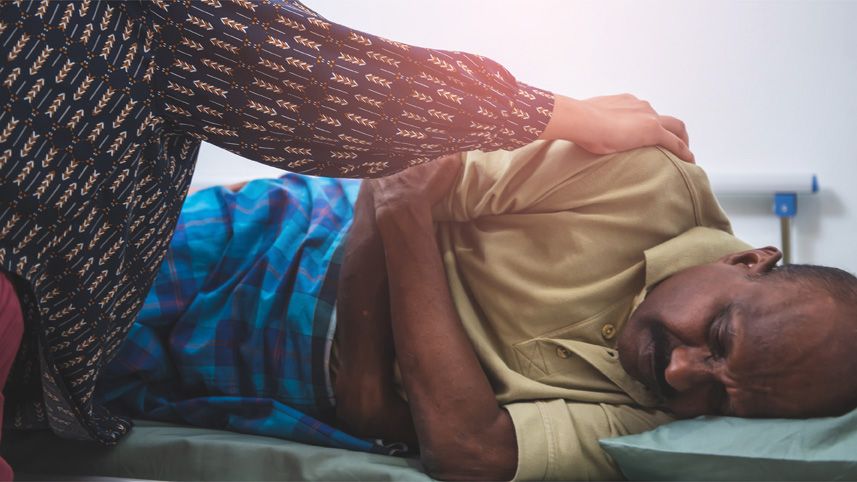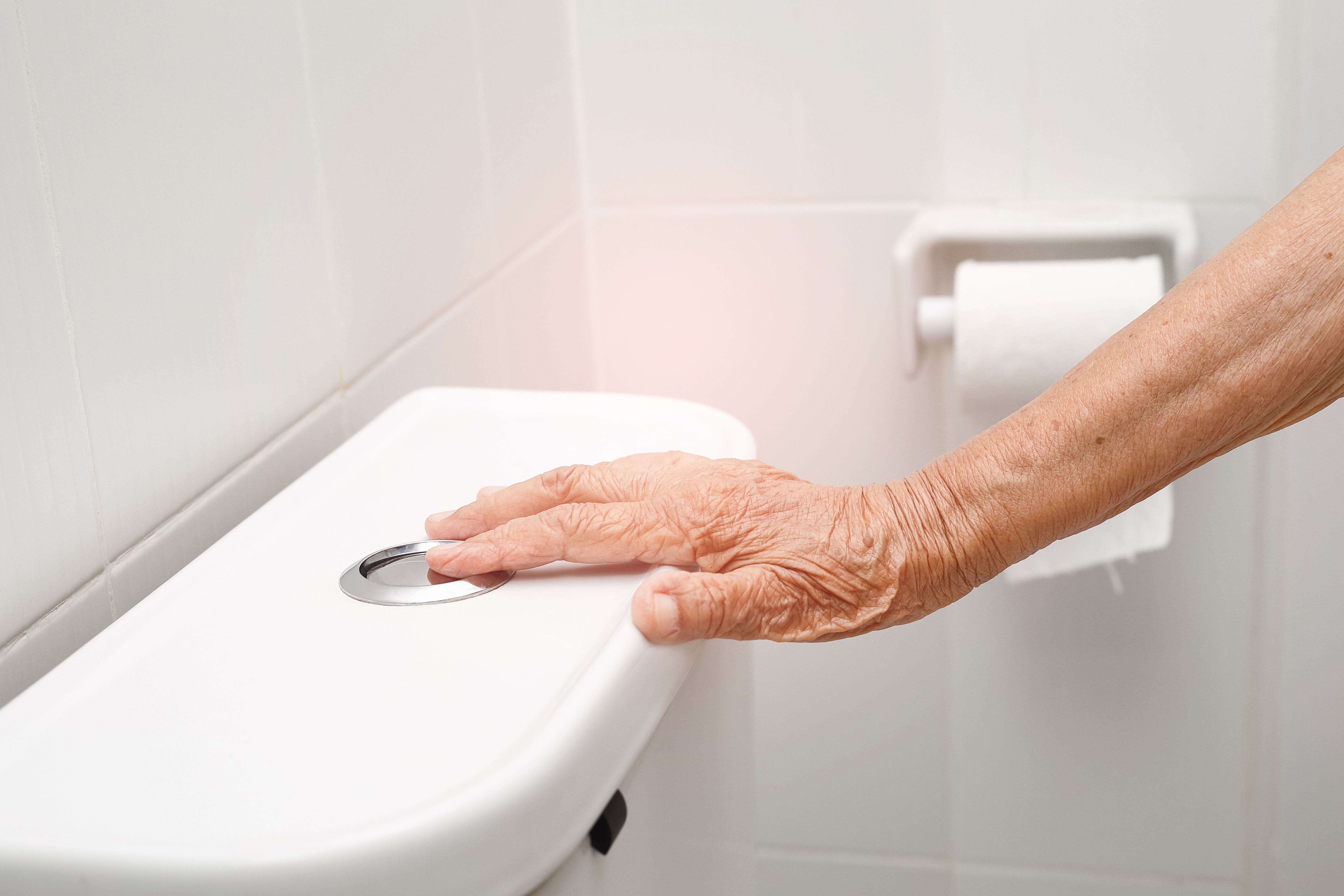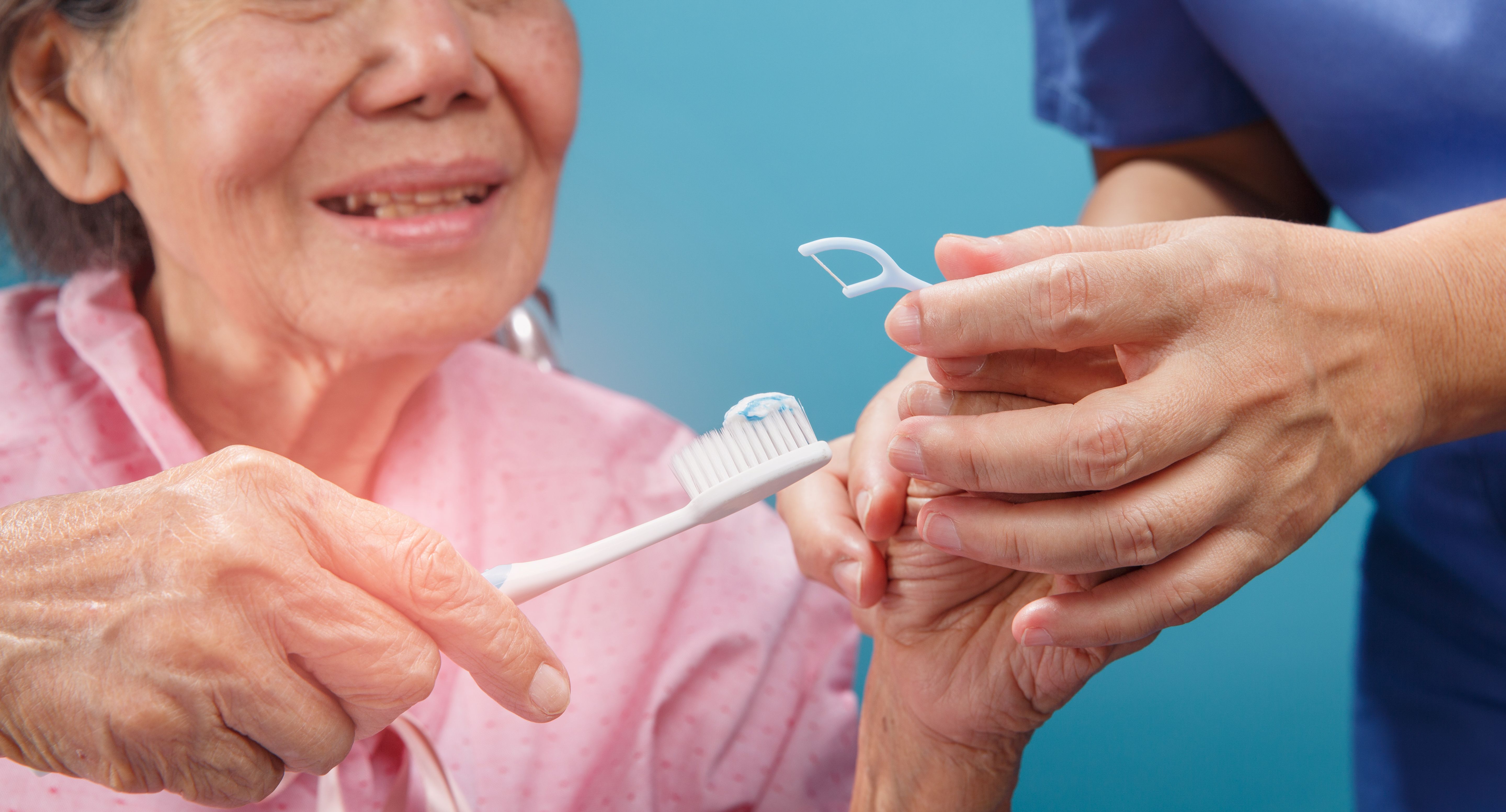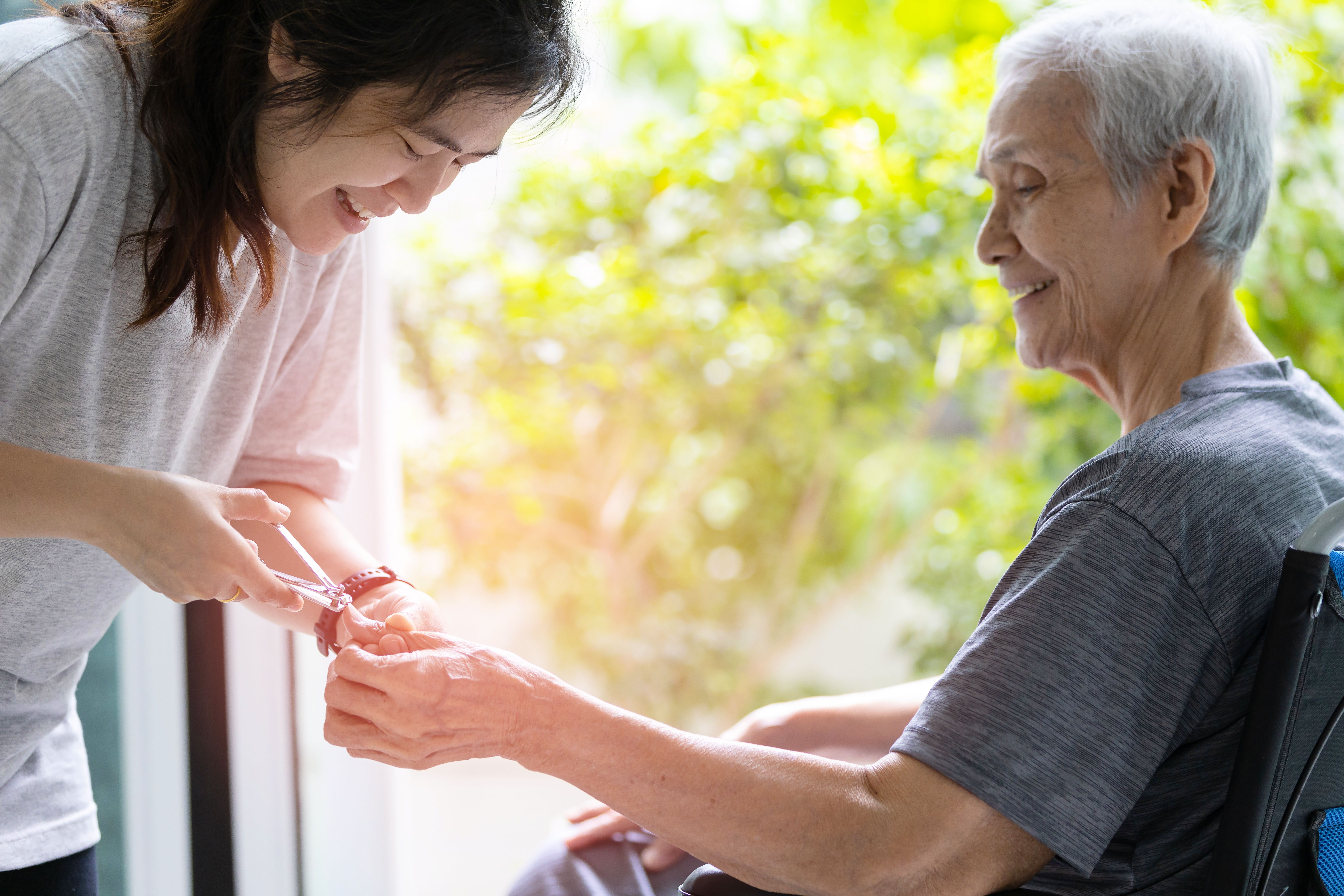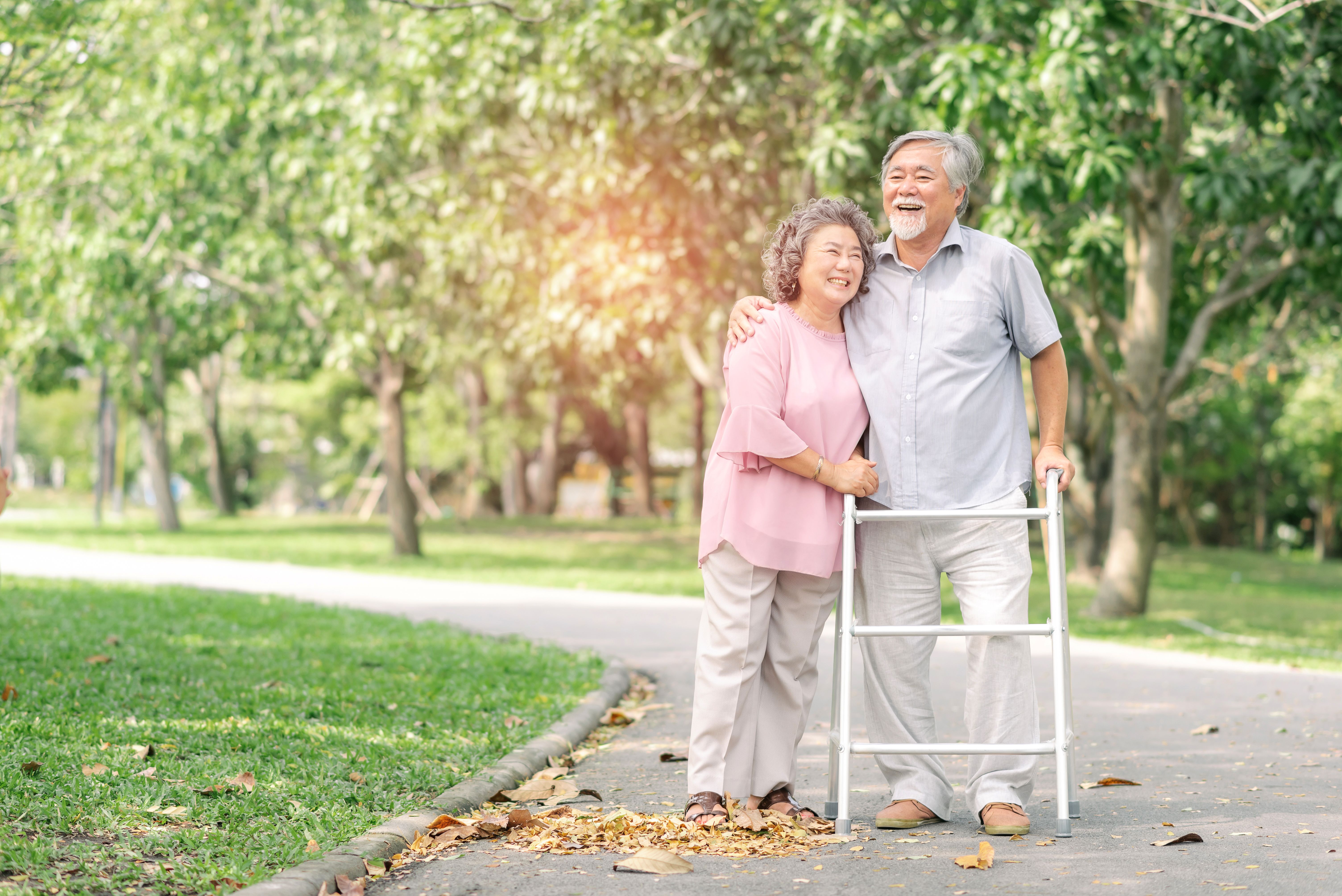Accident management at home of care receiver
- CareBuddy
- 4 Mins Read
- 11 Oct 2022
- Elderly Care

It’s human to experience accidents and it’s near impossible to avoid them, especially when a care receiver spends all their time at home due to a condition. But with the right steps, the frequency of accidents can be reduced substantially.
The most common kinds of accidents at home include
- Slips, trips and falls
- Backache from heavy lifting
- Muscle strain from awkward posture
- Joint injury from repetitive movement
A frequently heard advice is simply to be extra careful to avoid accidents. But that supposes that the care receiver and caregiver are both perfect, which is obviously not true! Either the care receiver or the caregiver or both are capable of mistakes. Which is why a different approach is needed:
- Eliminating factors that can cause accidents
- Creating mechanisms to reduce accidents
Let’s look at both of these in more detail.
Eliminating factors that can cause accidents
Let’s take the example of the risk of a care receiver falling from their bed while getting up from it. “Be careful while getting up from your bed” is not a sufficient accident-avoidance strategy.
Instead, we need to go about investigating the factors that could cause this accident. We might identify that the bed is too high. This might be causing a situation in which the care receiver’s feet are not readily reaching the floor when they get up from the bed.
This has a simple fix, which is to adjust the bed such that it’s no longer too high. Other factors may not be just as easy to fix, but a similar approach of investigating and eliminating the risk is still possible.
Creating mechanisms to reduce accidents
Sticking to the same example of falling while getting up from the bed, an example of a new mechanism that can be created to reduce this accident could be to install a bed rail so that the care receiver has more physical support while getting up.
Close calls
Heinrich’s Law (a concept put forward by scientist Herbert W Heinrich in the context of workplace security in 1931) claims that for every major accident, there are 300 close calls and 29 minor accidents.
While this sounds scary, the positive aspect of this is that we don’t have to wait for a major accident (or even a minor accident) before we make changes to the environment to make it safer. That’s because the close calls are excellent learning opportunities to identify risk factors so that we can eliminate them and/or create mechanisms to reduce the risks.
The human factor
While eliminating risk factors and creating mechanisms are the best way, the human factor cannot be ignored. If a caregiver knows that a certain risk exists but makes no effort to perform any avoidance action, the buck stops with the caregiver who can be held liable for compensation. Human carelessness is a simply unforgivable cause of accidents and needs to be weeded out with serious effort.
Article reviewed by David Tay, Senior Principal Educator (Nursing and Prehospital Care), HMI Institute.
